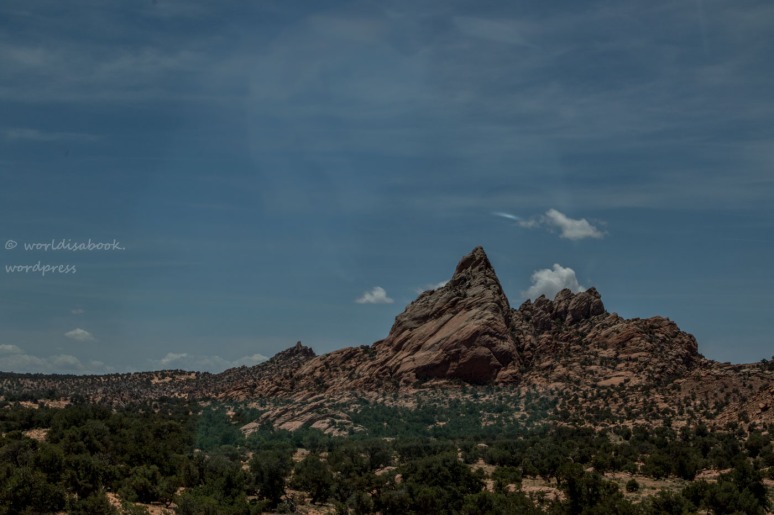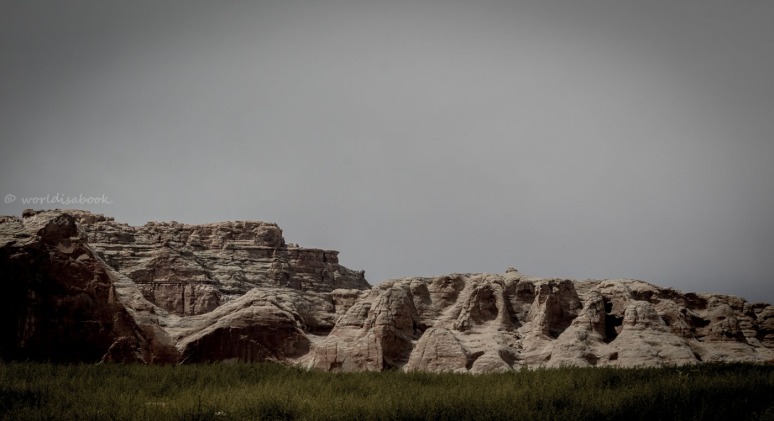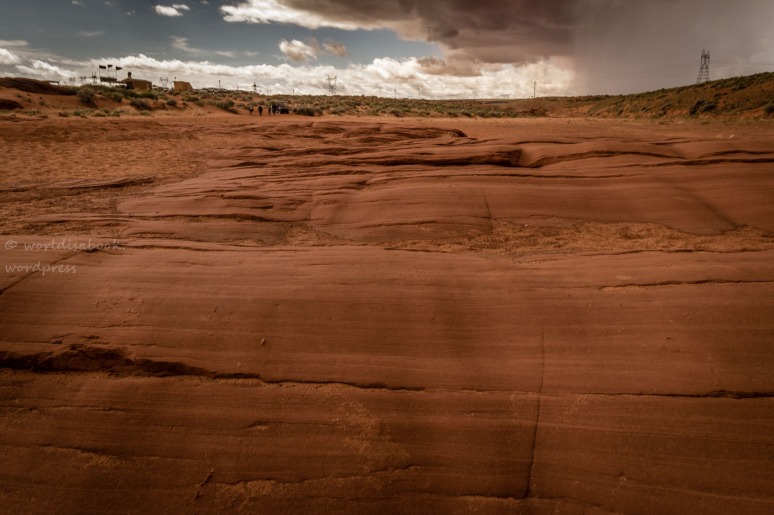5 Photos, 5 Stories: The 300-Mile Walk (#5)
For this challenge, I have posted fun stories of the Canyon Wall, GPS, and kitchen, also shared my photography lessons. This 300-Mile Walk is the last story for this series.

While cruising through the Lake Powell in Utah, we had a chance to listen to the tour audio tape. In a deep, sad tone, the person slowly told the the darkest history of the Long Walk. On January 6, 1863, the US Army troop forced thousands of Navajo people, including pregnant women, women with babies, older people, and young kids, to begin this long and cruel 300-mile walk. Hundreds who refused to leave their land were executed and more died during the Long Walk.
Some 53 different forced marches occurred between August 1864 and the end of 1866.
—————————————————————————————–
Here are some historic information and facts of this Long Walk:
“In 1863, Colonel Christopher “Kit” Carson was named by General Carlton (known for his ruthless treatment of Apache raiders) to begin a campaign against the Navajo. His troops stormed into the ancient and sacred Canyon de Chelly, rousting the people from their hogans which were then burned, along with saddles, clothing and all other stores. Their sheep and cattle were slaughtered, and about two million pounds of corn burned….
After many months of bitter imprisonment, about 8,000 men, women and children were forced to make a grueling 300-mile forced march, remebered as “the Long Walk,” across New Mexico to a dry desolate strip of land known as Bosque Renondo. There, Carleton invisioned, they would become ‘happy and contented people.’ ” — viewzone.com

—————————————————————————————–
“Soon the Navajo’s moccasins fell apart and their clothes and blankets turned to rags. During the walk, snow fell on the people marching. Many people became sick and died. They also became sick from the different foods that the soldiers gave them. The Navajos did not how to use white flour and coffee beans. They mixed the flour with water and drank it. Then they tried boiling the hard coffee beans in stew. This combination gave the people severe stomach cramps. Old people and young people fell along the trail. If they did not get up the soldiers either shot them or left them to freeze to death. …
Half way through the march the people had to cross the Rio Grande river. Many were forced into the river by soldiers on horseback and were seen as they washed away and drowned. Many women did not want to cross the river and sacrificed themselves and their babies and disappeared into the river. The surviving Navajo’s pleaded with the soldiers and the Navajos were allowed to cut down tall trees of cottonwood. With the branches of the trees cut the people began to swim across the fast moving river, again many people drowned and were washed away.” — nativeamerican.co.uk

—————————————————————————————–
“The Long Walk of the Navajo, also called the Long Walk to Bosque Redondo (Navajo: Hwéeldi), refers to the 1864 deportation of the Navajo people by the government of the United States of America.
The march was one that was very difficult and pushed many Navajos to their breaking point, including death. The distance itself was cruel, but the fact that they did not receive any aid from the soldiers were devastating. Not every single person was in prime condition to trek 300 miles, many began the walk exhausted and malnourished, Others were not properly clothed and were not in the least prepared for such a long journey. Neither sympathy nor remorse were given to the Navajos. They were never informed as to where they were going, why they were being relocated, and how long it would take to get there. One account that was passed through generations within the Navajos that show the attitude of the U.S. Army is as follows:
It was said that those ancestors were on the Long Walk with their daughter, who was pregnant and about to give birth […] the daughter got tired and weak and couldn’t keep up with the others or go further because of her condition. So my ancestors asked the Army to hold up for a while and to let the woman give birth. But the soldiers wouldn’t do it. They forced my people to move on, saying that they were getting behind the others. The soldier told the parents that they had to leave their daughters behind. “Your daughter is not going to survive, anyway; sooner or later she is going to die,” they said in their own language. “Go ahead,” the daughter said to her parents, “things might come out all right with me,” But the poor thing was mistaken, my grandparents used to say. not long after they had moved on, they heard a gunshot from where they had been a short time ago.” ~ Wikipedia
Thank you, Raewyn for giving me the opportunity to share stories and photos through this challenge. Please visit Raewyn’s Decocraftsdigicrafts to view her beautiful photos.
If you have stories to share, please join us. 🙂


You must be logged in to post a comment.